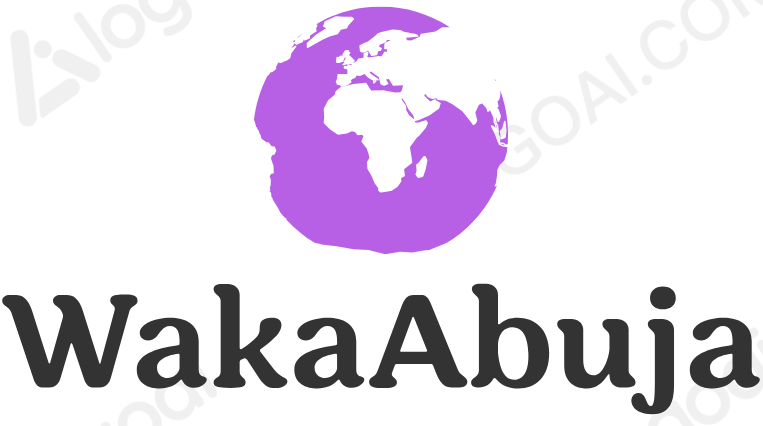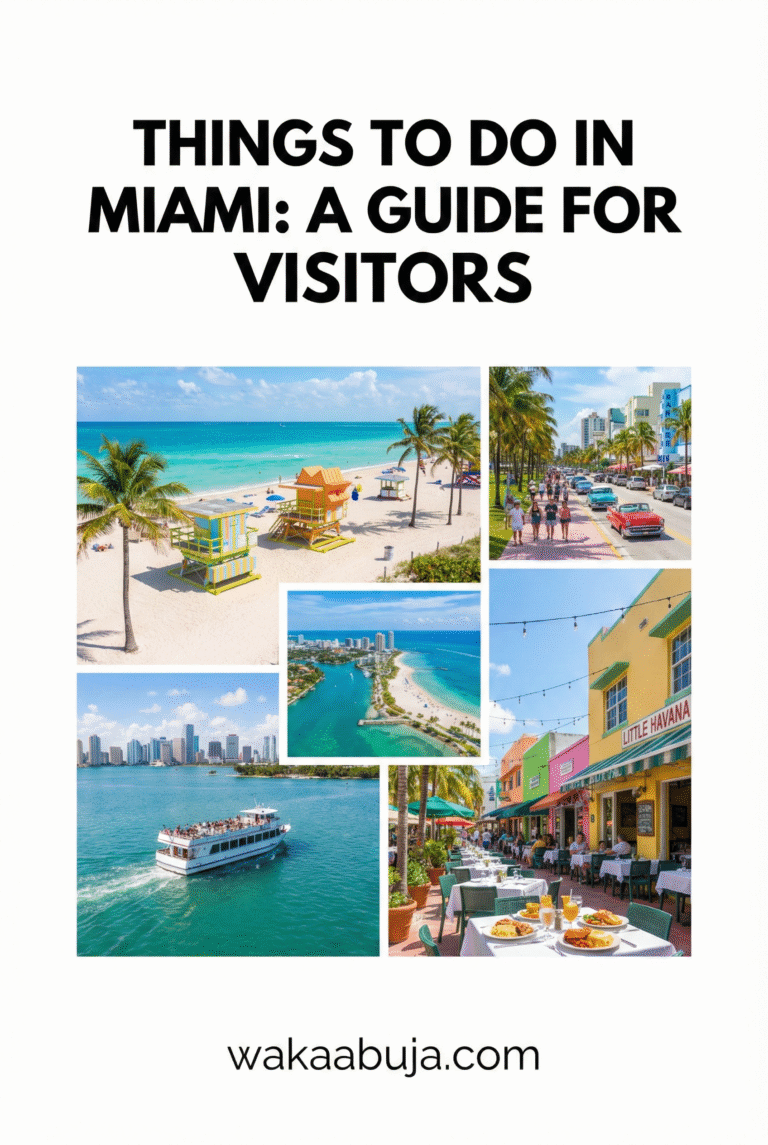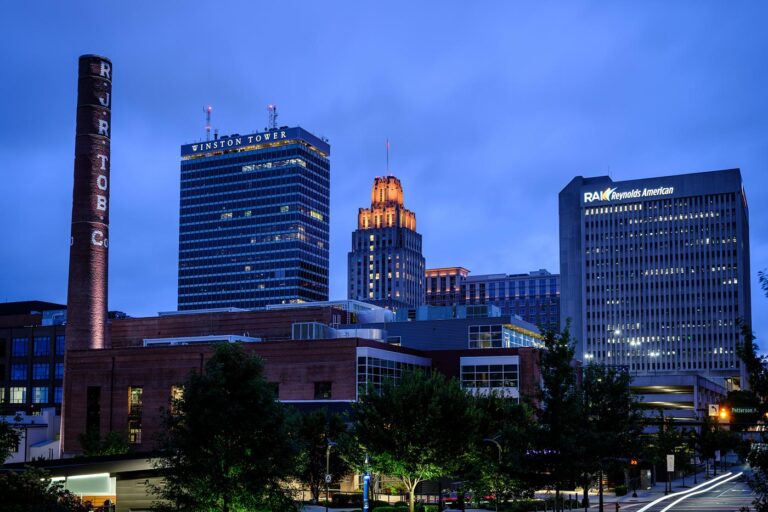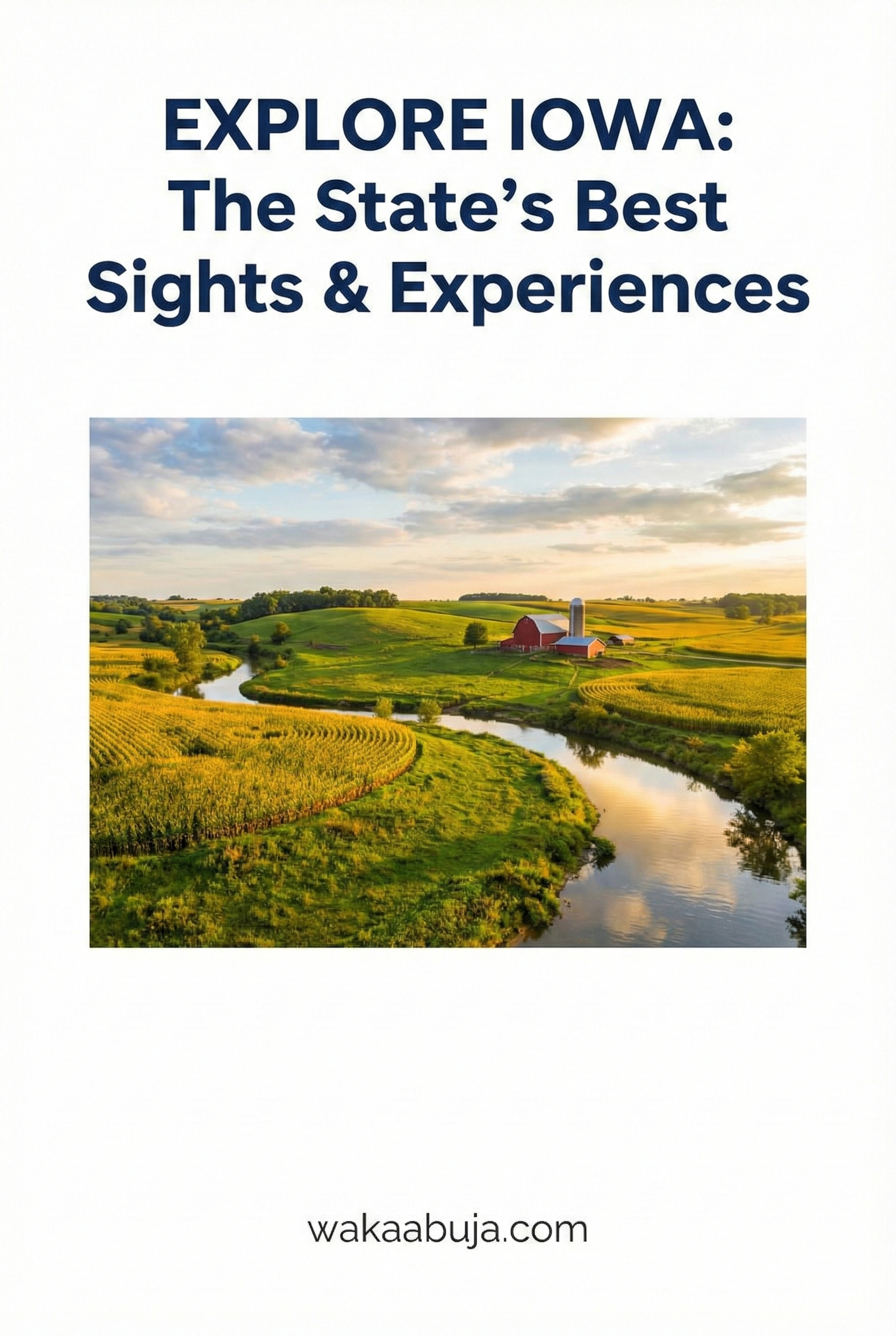This comprehensive guide offers firsthand experiences, practical travel tips, detailed explanations on where to stay, how to get around, and suggested itineraries—everything you need for an unforgettable island adventure.
Why the Philippines Belongs on Your Travel List
As someone who’s journeyed across Asia’s stunning archipelagos, the Philippines stands out as a vibrant, welcoming, and endlessly fascinating destination. With over 7,600 islands ranging from bustling cities to secluded white-sand beaches, there is truly something for every traveler. The culture blends indigenous heritage with centuries of Spanish, American, and Asian influences—offering a rich tapestry of experiences that extend beyond the usual tourist trails.
Whether you’re a beach lover, an adventure seeker, or a culture enthusiast, my personal time spent island-hopping around Palawan and exploring the street food scenes of Manila has taught me invaluable lessons on how to maximize your visit safely and economically. Let’s dive into the ultimate visitor’s guide—with personal insights and pro tips that you won’t find anywhere else.
Must-Know Travel Tips and Safety Guidelines
The Philippines is generally a welcoming and traveler-friendly country, but like many popular destinations, it presents unique considerations for safety and convenience:
- Always keep an eye on your belongings, especially in crowded areas like jeepneys and markets. Pickpocketing incidents have been reported in urban spots like Manila and Cebu.
- Use trusted transport options: avoid unregistered taxis and the infamous ‘habal-habal’ motorbike rides, which are often unsafe. Opt for Grab app rides or official airport transport services.
- Avoid traveling to high-risk areas, particularly parts of Mindanao due to safety advisories. Check official travel advice for up-to-date information.
- Respect local customs and etiquette to enhance your experience—be polite and avoid sensitive political discussions.
- Beware during the rainy season (June to November), when typhoons can cause sudden travel disruptions, especially ferry cancellations.
These tips stem from both official travel advisories and my direct experiences navigating the country’s transport and local customs safely and smoothly.
Where to Stay: From Budget Finds to Luxury Resorts
The accommodation spectrum in the Philippines caters to all budgets and tastes. Here are my personal preferences based on comfort, location, and value:
Budget Stays
Hostels, guesthouses, and budget inns abound in popular spots like El Nido and Cebu City. Look for places with strong Wi-Fi, friendly hosts, and easy access to main attractions. Expect to pay from $10 to $25 per night.
Mid-Range Hotels
For a balance of comfort and cost, boutique hotels and beach resorts in areas like Boracay and Palawan offer rooms from $40 to $90 a night, often including breakfast and pool access.
Luxury Resorts
High-end resorts on islands such as Amanpulo and Shangri-La cater to travelers seeking exclusivity and premium amenities, with prices starting around $200 per night, often with private beaches and spa services.
Typical Costs and Money-Saving Strategies
The Philippines delivers excellent value for travelers, but costs can vary widely depending on your travel style.
- Daily Budget Estimates: Budget travelers can comfortably explore with $30–$50 per day, including accommodation, food, and local transport. Mid-range travelers might spend between $60 and $120 daily.
- Food: Meals from street vendors or small local eateries cost $1–$3. Dining at mid-range restaurants runs $5–$15 per meal.
- Transport: Jeepneys and tricycles are economical short-distance options (~$0.20–$1), while domestic flights between islands average $30–$70 one way, with early booking savings possible.
- Save by: Eating local dishes, using public transport, booking tours and accommodation in advance, and avoiding peak holiday seasons.
Tip from personal experience: Always carry small bills for local transport and tipping—it’s appreciated and avoids hassle when drivers don’t have change.
How to Get Around: Navigating the Islands Efficiently
Getting around the Philippines is an adventure in itself. Here’s my take on the safest and most convenient ways:
- Domestic Flights: The quickest way to hop between major islands. Airlines like Cebu Pacific and Philippine Airlines offer extensive coverage. Book early for best prices.
- Ferries and Boats: Vital for island hopping, especially in the Visayas and Palawan regions. Use reputable companies, check weather conditions, and plan for possible delays during the rainy season.
- Land Transport: Jeepneys and tricycles provide authentic local experiences for short trips but can be crowded and confusing for newcomers. For safety and ease, taxis and ride-hailing via Grab app are recommended in cities.
Fun insight: Riding jeepneys is a cultural immersion, but prepare for loud music and crowded conditions. If you want comfort, plan rides during daylight and always clarify fares before starting.
Best Times to Visit and How to Get There
Timing your visit can make all the difference. Here’s what I’ve learned:
- Ideal Visiting Months: From November to April, the weather is dry and sunny—perfect for beaches and outdoor activities.
- When to Avoid: The rainy season, June through November, brings typhoons and unpredictable weather that can disrupt travel.
- Getting There: Manila and Cebu serve as the main international gateways with direct flights from Asia, Australia, the Middle East, and North America. Many travelers connect through hubs like Hong Kong, Singapore, or Tokyo.
Top Things to See and Do: Highlights from a Local’s Perspective
The Philippines offers a kaleidoscope of unique experiences. From my extensive travels, here are unmissable highlights:
- Explore Palawan: Home to the Puerto Princesa Underground River, breathtaking limestone cliffs in El Nido, and the pristine beaches of Coron.
- Island Hop in the Visayas: Visit Bohol for the Chocolate Hills and tarsier sanctuaries, Siquijor for mystical waterfalls, and Cebu for whale shark encounters.
- Discover Manila’s Mix: The historic walled city of Intramuros, vibrant street food scenes, and bustling night markets offer urban exploration.
- Surf in Siargao: The surfing capital with laid-back vibes, jungle hostels, and lagoon adventures.
- Cultural Immersion: Attend the Ati-Atihan Festival in January or experience local traditions with homestays in rural communities.
Tours and Experiences to Consider
Joining guided tours can enrich your understanding and streamline travel logistics:
- Eco-tours in Palawan featuring boat trips through lagoons and snorkeling excursions.
- Historical walking tours in Manila focusing on Spanish colonial heritage.
- Island hopping tours in Cebu and Siargao offering diving and snorkeling packages.
- Cultural workshops showcasing Filipino crafts and cooking.
For bookings, reliable platforms such as Klook and G Adventures provide great curated experiences with authentic local guides.
Suggested Length of Stay and Budget Planning
Based on my travels and consultations with fellow backpackers and tourists, a two to three-week itinerary offers enough time to enjoy a good spread of the country’s highlights while keeping travel pace comfortable:
- 2 Weeks: Focus on one region such as Palawan or Visayas for a deep dive or split time between Luzon and Visayas.
- 3 Weeks or More: Ideal for island hopping across multiple regions and including cultural excursions.
Budget-wise, plan around $1,000 to $2,500 for two weeks, adjusting for accommodation choices and activities. Always add a 10-15% buffer for spontaneous plans or emergencies.
Emergency Contacts and Traveler Safety Pro Tips
Staying prepared can make all the difference. Here are critical contacts and safety pro tips from my experience:
- Emergency Hotline: 911 (nationwide emergency services)
- Tourist Police Hotline (Manila): +63 2 523 4050
- Philippine Coast Guard: 999
- For medical emergencies, identify nearby hospitals and clinics before traveling to remote areas.
- Keep digital and physical copies of your passport and travel insurance.
- Share your itinerary with family or friends and stay connected with local SIM cards for reliable communication.
Frequently Asked Questions (FAQs)
When is the best time to visit the Philippines?
The best time is during the dry season, from November to April, when the weather is sunny and ideal for beach activities and outdoor adventures.
Is it safe to travel around the Philippines?
Yes, generally safe in major tourist areas when following basic precautions: avoid risky areas, use trusted transport, keep valuables secure, and stay informed about local conditions.
What is the average daily cost for travelers?
Budget travelers can expect to spend $30–$50 a day, while mid-range travelers should budget $60–$120 per day, including accommodation, meals, and transport.
How do I get between the islands?
The quickest method is domestic flights, but ferries and boats are common and necessary for shorter hops. Always use reputable operators to ensure safety.
What are must-see destinations in the Philippines?
Don’t miss Palawan’s stunning natural landscapes, the Visayan islands for culture and beaches, Manila’s historic sites, and Siargao’s surfing scene.




